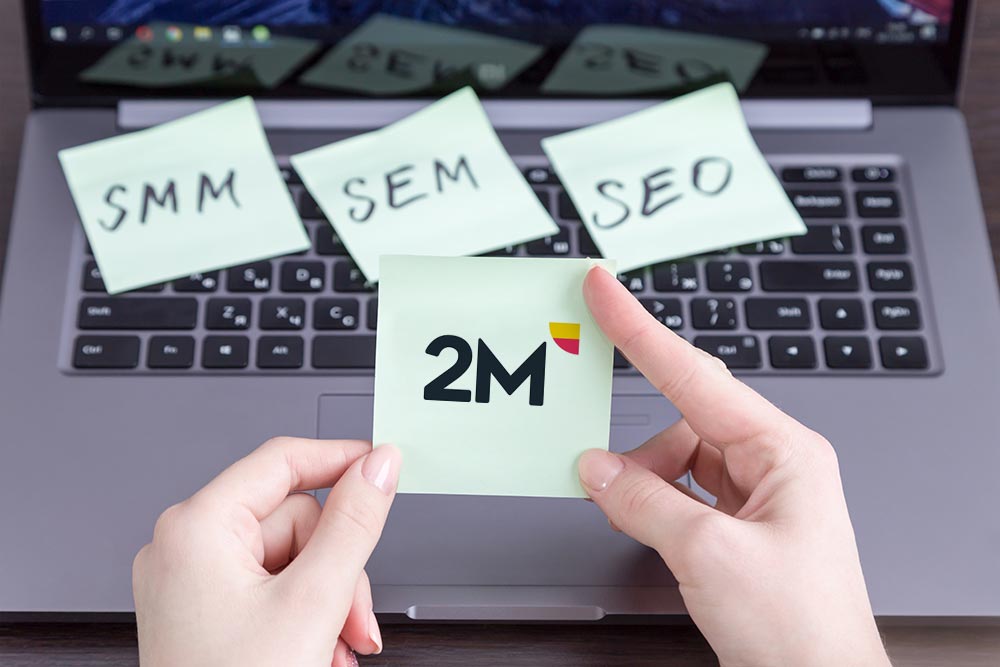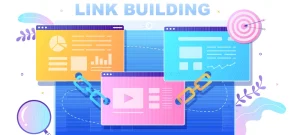Now that you’ve set up your website, the next step is to drive your target audience to using it to purchase your products or services. But how can you achieve this?
To begin with, it is important to consider how your customers will find your services or products based on their own merit and without prior knowledge of your business. The first point of call for most people is the use of search engines where your customer will type keywords into the search bar for the specific service or product they are looking for. Using search engine tools to your advantage, through organic and paid means, can help to deliver more traffic from these platforms to your website.
Driving customer traffic to your website through search engines can be done in two ways, through Search Engine Optimization (SEO) which focuses the use of organic advertising tools to target your audience, and Search Engine Marketing (SEM) which involves the use of paid advertising tools. Exhausting search engine marketing tools to fully optimize your website on search engine platforms means you will be visibly seen by your customers, making you one of the first choices during their search.
What is Search Engine Optimization (SEO)?
Search Engine Optimization (SEO) is a fundamental marketing tool that focuses on delivering organic traffic to your website through the ranking of search engines such as Google. To be successfully found by any customer who is interested in your services or product, it is important that you are consistently updating and optimizing your store for a higher ranking where search engine crawlers, or bots, will filter through the data of your website to rank you accordingly. The higher you are ranked, the more visible you will be to your audience.
There are two areas of SEO, technical or back end and content or front end, that you should completely optimize to be in full compliance with the search engine platforms for crawlers to include you into their database, also known as index. As mentioned, the higher your search engine ranking, the more visible you will become for your audience who are searching for your services or products.
The technical aspect of your SEO includes information that can be measured through metrics such as page speed, web design, the URL and meta-descriptions across your site. This information is not only crucial for crawlers who will rank you into the top pages but for your business where you may make more informed decisions when making changes or including new information into your website to align better with the guidelines of the search engine platforms. When working on the technical side of your SEO, you should include keywords for the bots to recognize what type of website you have and the services or products you offer which will help them to place you accordingly.
The front end, or content, of your website is what your customer will see. Although this is also inclusive in the filtering process of crawlers, this is your opportunity to really captivate your audience and convert them into loyal customers. Many reports indicate that a customer will determine the use of your website within the first 10 seconds based on user-friendliness and appearance alone. We recommend that you use this opportunity to deliver high-quality, engaging content in the form of images, blogs, descriptions and titles with a number of keywords that will allow your website to be found through searches.
For your website to be fully optimized, it is important to implement the correct SEO tools including:
- Keywords
- Copywriting
- Videos
- Images
- Image descriptions
- Website maintenance
- Link building
- Web page speed
- Tracking & reporting
To find yourself in the forefront of search engine searches, implementing a successful SEO strategy that is continuously updated will allow you to drive organic traffic to your website with a higher ranking across the platforms. Without implementing any SEO, your website will run the risk of falling into the back pages of search engines to become invisible to your audience.
Here are some SEO strategies that we recommend that will improve your websites ranking!
What is Search Engine Marketing (SEM)?
Search Engine Marketing (SEM), also known as PPC (paid per click), is an effective paid advertising tool that is offered by search engine platforms such as Google or Bing to help you with increasing visibility and driving traffic directly from customer searches to your website by appearing on search engines results pages (SERPs). When setting up your campaign, you will need to carry out keyword research, select the best geographical location for your ads, create text-based ads that will appear in search results and bid a price for each click on your ad.
Through paid advertising, SEM allows you to appear as a result of a search as a sponsored ad to ensure your business is visible and at the top and side of the page. To activate a sponsored ad, an advertiser will bid on keywords in an auction on search engines that a customer may use when looking for their product or service in a particular area. This is especially effective as it allows you to be directly in the face of your customer who will most likely click on the trusted ad and thus, your website.
When creating your search engine marketing campaign, it is important that you focus on keywords using a keyword management strategy to identify which keywords are the most relevant to your business and the audience you are targeting. During this stage, you can be selective on which keywords you would like to bid on and identify the “negative keywords”, essentially the words that are terms that are irrelevant and will target the incorrect audience. You should consider the structure and keyword grouping of SEM campaigns to help you to achieve higher click-through rates and lower costs per-click for optimal results. This will include ad campaigns, ad groups, key words, ad text and landing pages to focus on similar products or services and further subcategorize your keywords.
Using a keyword management tool and performance trackers with a search engine such as Google Ads, will allow you to monitor your ad campaign success and improve your strategy accordingly. The search engine marketing tool is an effective way to spend your marketing budget for higher ranking and greater traffic to your website.
SEO vs SEM
As mentioned, Search Engine Optimization (SEO) is a cost-effective marketing tool that focuses on driving organic traffic from search engine results pages (SERPs) to your website where Search Engine Marketing (SEM) involves paid advertising through search engine platforms such as Google Ads and Bing Ads. Although it is very important to organically rank highly on search engines, SEO can take a great length of time to properly implement and will require you to continuously update your website. Search Engine Marketing, on the other hand, will allow you to drive traffic quickly from SERPs directly from the search engine to your website. With the use of an SEM strategy, you can successfully find yourself becoming relevant in the market and a name that your audience will become familiar with. We recommend that you do not rely on one strategy over the other but rather, implement both to work to your benefit. With the right SEO, search engine crawlers will rank your website into their index, allowing customers to organically find you but an SEM campaign can get you seen that much quicker.
If you would like to discuss how we can implement a successful SEO or SEM strategy into your website, or struggle to find out why you may not be driving the traffic you want into your website, talk to us today to see how we can help!






